Minerals Worksheet Earth Science 8th Grade
Are you an 8th-grade student studying Earth Science? If so, you've come to the right place! This minerals worksheet is designed to help you understand the different properties and types of minerals found on our planet.
Table of Images 👆
More Science Worksheets
6 Grade Science WorksheetsScience Heat Energy Worksheets with Answer
Science Worksheets Light and Sound
7th Grade Science Cells Worksheets
Worksheets Life Science Vocabulary
8th Grade Science Scientific Method Worksheet
Science Worksheets All Cells
What is the definition of a mineral?
A mineral is a naturally occurring inorganic substance with a distinct chemical composition and crystalline structure. Minerals are typically solid and have specific physical properties such as hardness, color, and cleavage. They are the building blocks of rocks and are classified based on their chemical composition and atomic structure.
How are minerals classified?
Minerals are classified into different categories based on their chemical composition, crystal structure, and physical properties. The Dana system categorizes minerals based on their chemical composition, while the Strunz system groups minerals based on their crystal structure. Additionally, minerals can also be classified based on their physical properties such as hardness, luster, color, and density. Overall, the classification of minerals helps scientists identify, study, and understand the vast diversity of mineral species found in nature.
What is the difference between minerals and rocks?
Minerals are naturally occurring inorganic substances with a specific chemical composition and crystalline structure, while rocks are aggregates of one or more minerals. In other words, minerals are the building blocks of rocks, and rocks are made up of different combinations of minerals. Rocks can also contain non-mineral components like organic matter or glass.
How do minerals form?
Minerals form through a process called crystallization, which occurs when atoms or molecules arrange themselves in a specific, repeating pattern to create a solid mineral structure. This process can happen in a variety of ways, such as from the cooling and solidification of molten rock, the evaporation of mineral-rich solutions, or the precipitation of minerals from hot fluids circulating within the Earth's crust. Over time, these mineral crystals grow and develop to ultimately form the wide variety of minerals found in the Earth's crust.
What are the physical properties used to identify minerals?
Some of the physical properties used to identify minerals include color, streak, luster, hardness, cleavage, fracture, specific gravity, and crystal form. By examining these traits, geologists and mineralogists can determine the identity of a mineral specimen.
What is the difference between luster and streak?
Luster refers to the way light is reflected off the surface of a mineral or material, describing its shine or dullness. Streak, on the other hand, is the color of the powder left behind when a mineral is rubbed against a rough surface. Luster is determined by the surface properties of the mineral, while streak is determined by the color of the mineral in its powdered form.
What is the Mohs hardness scale and how is it used?
The Mohs hardness scale is a method used to measure the hardness of minerals, ranking them from 1 (softest) to 10 (hardest). It is based on the ability of a harder material to scratch a softer material. This scale is used in geology, mineralogy, and other fields to identify minerals and compare their hardness. By determining the hardness of a mineral using the Mohs scale, scientists can classify and differentiate between different minerals based on their physical properties.
How does cleavage differ from fracture?
Cleavage differs from fracture in that cleavage is a type of breakage along specific planes of weakness in a mineral due to the alignment of its atoms. This results in smooth, flat surfaces. In contrast, fracture is the random breakage of a mineral without following a specific plane of weakness, leading to rough or irregular surfaces. Cleavage is a property that is characteristic of minerals with a crystalline structure, while fracture can occur in both crystalline and non-crystalline minerals.
How do minerals play a role in everyday life?
Minerals play a crucial role in everyday life as they are crucial components of various products we use, such as electronics, construction materials, and vehicles. For example, iron is used in buildings and bridges, lithium in batteries, and gold in jewelry. Additionally, minerals are essential for maintaining good health, as they are needed for various bodily functions like bone structure and enzyme function. Overall, minerals are fundamental to various aspects of daily life, from the products we use to our own well-being.
What are some examples of common minerals?
Some examples of common minerals include quartz, feldspar, calcite, mica, and gypsum. These minerals are widely found in the Earth's crust and are used in various industries such as construction, electronics, and cosmetics due to their unique physical and chemical properties.
Have something to share?
Who is Worksheeto?
At Worksheeto, we are committed to delivering an extensive and varied portfolio of superior quality worksheets, designed to address the educational demands of students, educators, and parents.

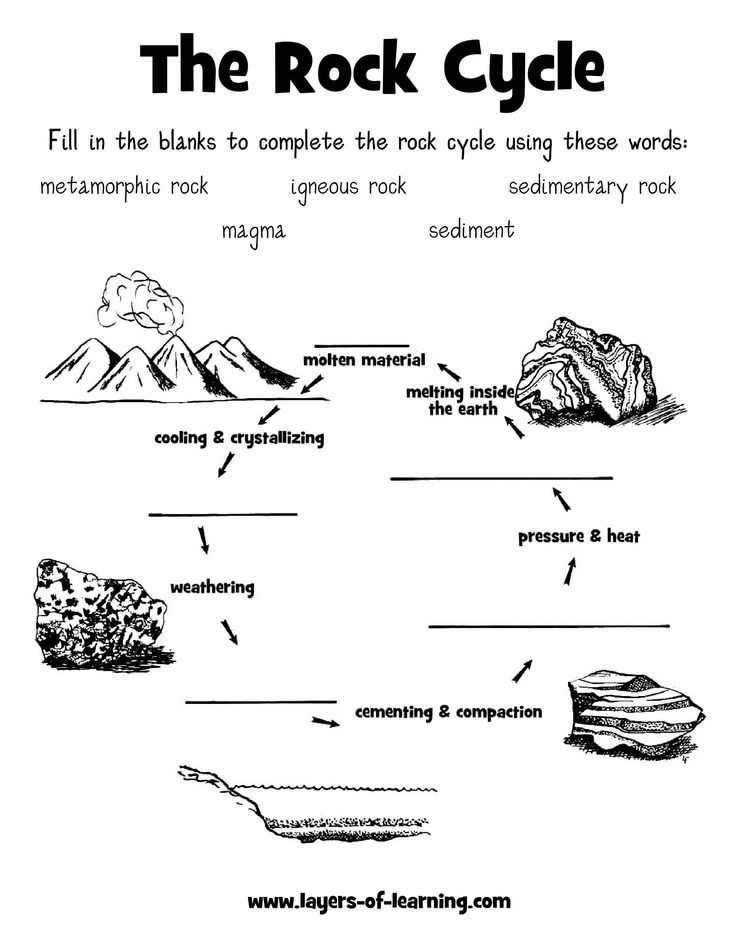



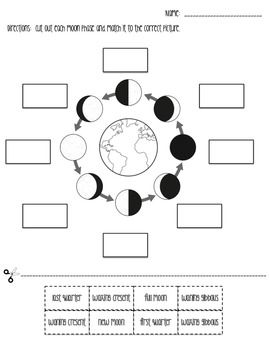
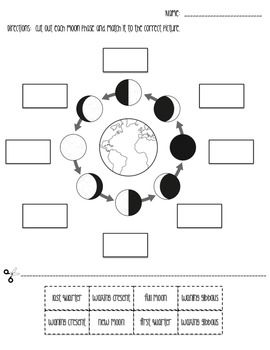
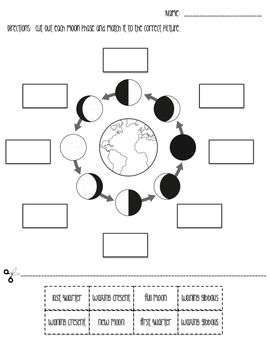

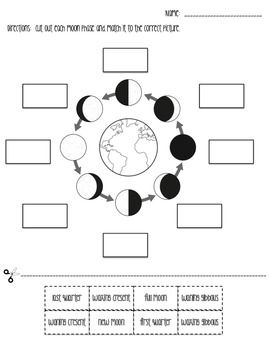
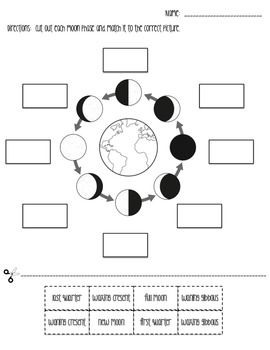
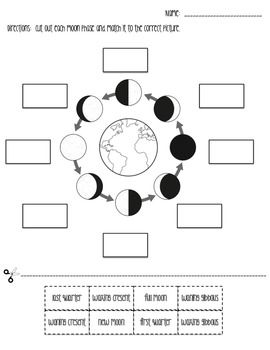
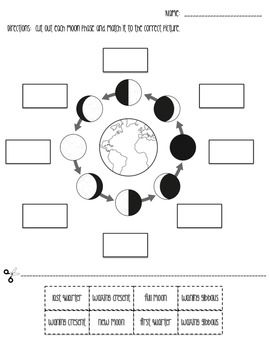
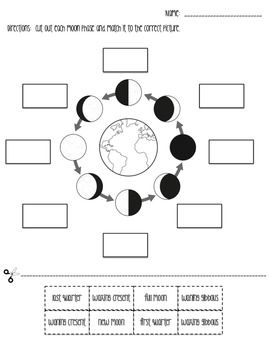
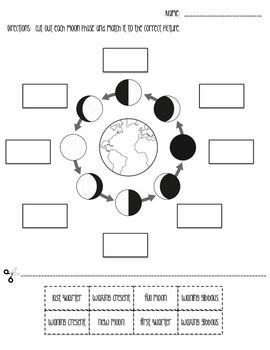
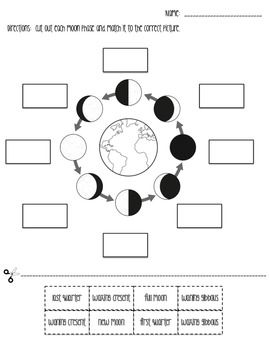
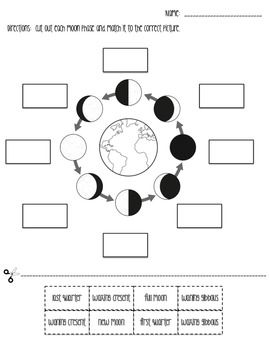
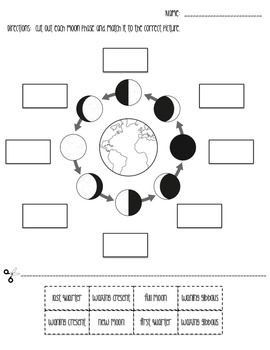
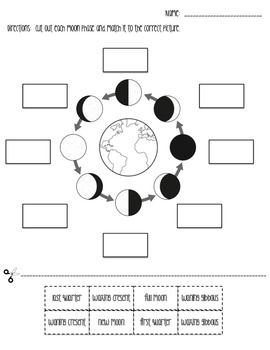
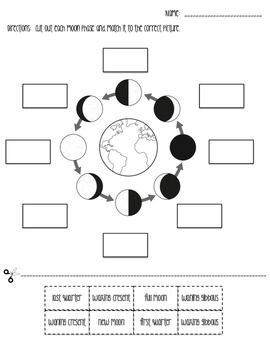
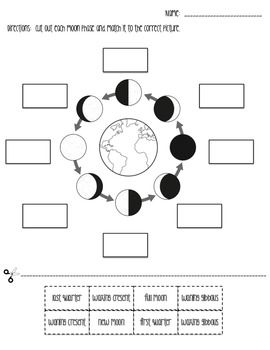















Comments